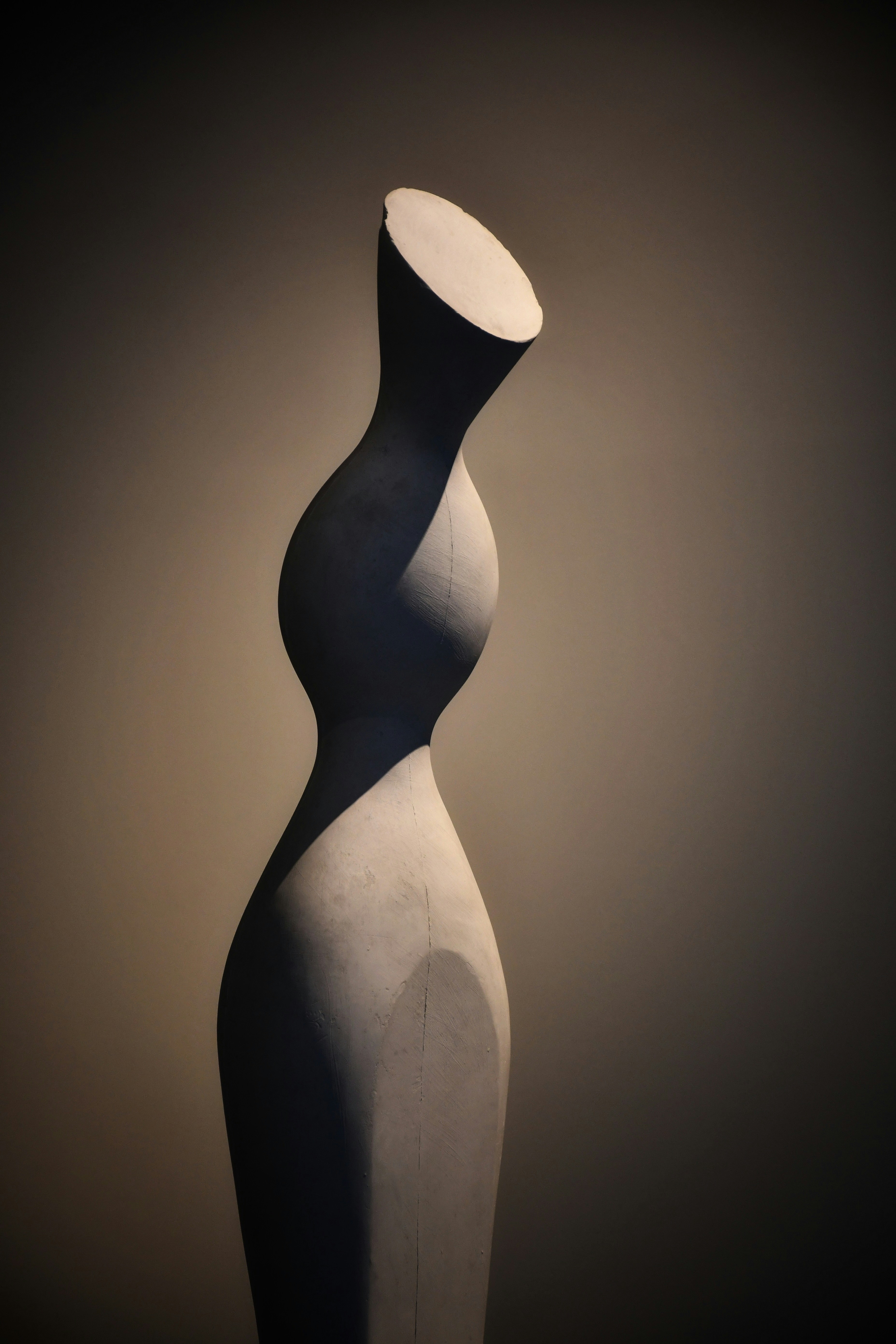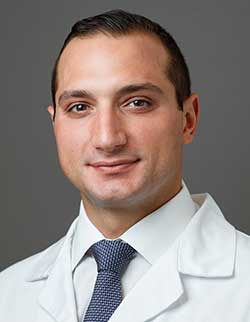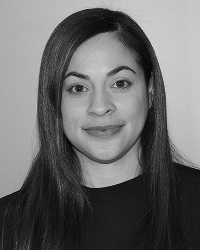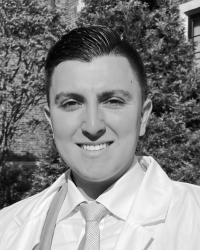Dr. Francis Lovecchio is a spine surgeon and scoliosis expert who does not believe in a one-size-fits-all approach.





Dr. Francis Lovecchio is a board-certified Attending Spine Surgeon at Hospital for Special Surgery, the #1 orthopedic hospital in the U.S. He specializes in surgical treatment of pediatric and adult scoliosis, revision spine surgery, and spinal deformity, using a wide combination of traditional and minimally invasive surgical techniques.
As a doctor, he advocates for exhausting all non-operative treatments before turning to surgery. Most importantly, he embraces a shared decision-making approach, ensuring that patients are fully informed and confident in their health care choices. He is guided by evidence-based medicine, valuing high-quality research as a means to deliver care tailored to the individual—honoring the distinctiveness of each patient’s body.
Outside of the operating room, Dr. Lovecchio is passionate about contributing to the spine surgery field through research. He has authored over 115 peer-reviewed publications and book chapters, presented his research internationally, and serves as a peer reviewer for Spine, The Spine Journal, and Global Spine Journal.
To learn more about the research that’s influenced his decision-making, check out Dr. Lovecchio’s Library.

As the Office Manager for Dr. Lovecchio, Adalynn brings a strong dedication to ensuring every patient receives compassionate and efficient care from the moment they contact the office.
Her ultimate goal is to cultivate a welcoming environment where our patients feel safe, supported, and valued throughout their treatment journey. Helping others is at the heart of what she does.

With a strong background in medical administration, Jessica serves as the Medical Secretary for Dr. Lovecchio’s spine surgery practice. She plays a key role in coordinating patient care, managing scheduling, and ensuring smooth day-to-day operations at the office.
Outside of work, Jessica enjoys being outdoors—bike riding, walking, running, and strength training—and understands the vital role movement plays in maintaining spinal health and overall well-being.

GianLuca Bartoli is a dedicated physician assistant specializing in spine surgery, committed to delivering high-quality care to patients with both surgical and nonsurgical spine conditions.
Born and raised in New York, GianLuca brings a strong sense of compassion and professionalism to his practice, shaped by his deep roots in a city known for its resilience and diversity. Outside of his clinical work, he finds balance through travel and exploration, spending quality time discovering new places with his family.
The office currently accepts:
If your insurance is not listed, please call our office if you have questions regarding your insurance coverage.
If you have out-of-network benefits, then your insurance may reimburse you for a portion of your office visit. We will work with you and your insurance to minimize your out-of-pocket costs. Financial assistance may be available for patients in need.
Our Manhattan office is located at HSS on the 4th floor of the Pavilion Building, 541 East 71st Street.
The main entrance to The Pavilion is on the north side of 71st Street underneath the sky bridge that connects the main hospital to the Belaire Building.
You have 3 options for sending your images to the office:
To find the latest list of Dr. Lovecchio’s industry relationships, go to his profile on his HSS webpage.